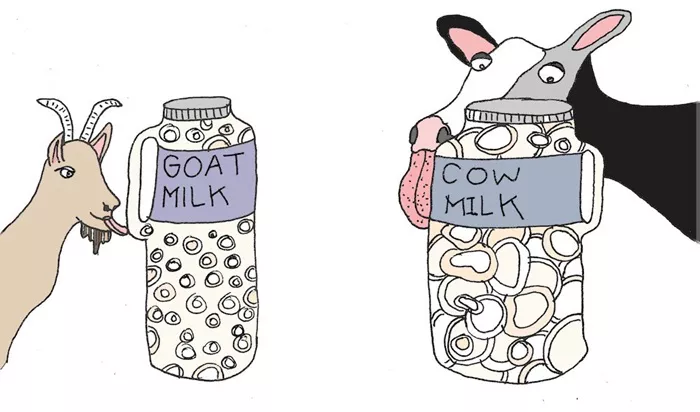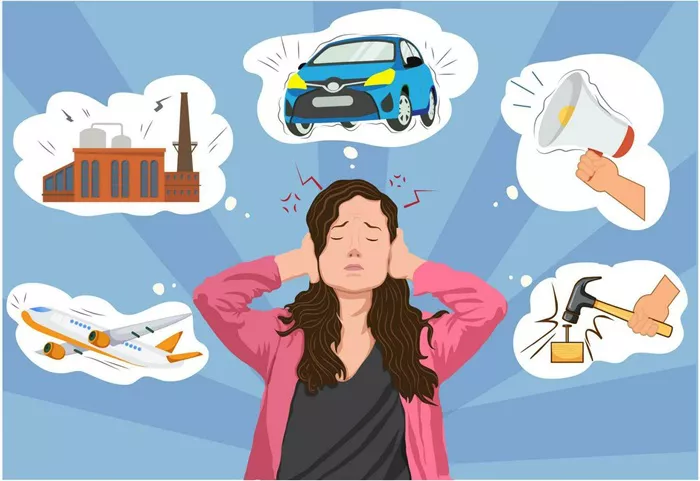Finding yourself with stitches on your scalp or face can be a stressful experience—not only because of the injury itself, but also due to the lingering fear of permanent hair loss. Whether the stitches came from surgery, a head injury, or a cosmetic procedure, the question that often lingers afterward is: Will the hair ever grow back in that spot? It’s a valid concern, especially when the area appears bare, scarred, or unusually smooth long after the stitches have been removed.
Hair is a vital part of our identity, confidence, and appearance. When it’s lost—especially in a visible area—it can create anxiety. The truth is, the answer to whether hair grows back after stitches isn’t a simple yes or no. It depends on several factors including the depth of the wound, the condition of the hair follicles, the presence of scarring, and how the area was treated during healing.
In this comprehensive guide, we’ll explore what happens to hair follicles during injury and suturing, the science of wound healing, and what you can do to improve your chances of seeing hair regrowth in that area. Whether you’re dealing with stitches on your scalp, eyebrow, or beard, you’ll find the answers you need to understand the future of your hair in that region.
What Happens to Hair Follicles During Stitches?
When you get a deep cut or undergo a surgical procedure that requires stitches, the skin’s outer layers—and sometimes deeper tissues—are intentionally disrupted. The hair follicles that live in the dermis (just below the skin’s surface) can be affected in one of three ways:
Completely destroyed – If the wound or surgical incision is deep enough to damage or remove the follicles, hair will likely not grow back in that specific area.
Temporarily damaged – In many cases, the trauma and inflammation around the stitches shock the follicles into a dormant phase. This means hair stops growing temporarily but may resume once healing is complete.
Untouched or minimally disturbed – If the stitching is superficial and the follicles were not deeply impacted, hair regrowth is highly likely and may start within a few months.
The human scalp alone has over 100,000 hair follicles, and they are surprisingly resilient. However, when a cut penetrates through several layers of skin and causes scarring, follicles can be destroyed permanently. This is why location, wound severity, and healing environment all play major roles in determining whether hair will grow back.
How Scars Affect Hair Growth
One of the biggest factors in hair regrowth after stitches is whether a scar forms in the area. Scarring occurs when the body repairs a wound by laying down collagen in a disorganized way, which can block or replace hair follicles. The more severe the injury, the more likely a visible scar will develop—and scars often lack hair follicles.
There are two types of scars that may develop:
Hypertrophic scars – Raised, pink scars that stay within the boundary of the wound.
Keloid scars – Thick, raised scars that extend beyond the original injury site.
Neither type typically supports hair growth. However, small, flat, and well-healed scars may not completely eliminate the possibility of hair returning, especially around the edges of the scar where follicles were not destroyed.
For some people, scar tissue is minimal and flat, allowing for new growth nearby to help camouflage the area. In other cases, the scar may remain hairless unless treated or surgically revised.
Typical Timeline of Hair Regrowth After Stitches
Hair regrowth after stitches depends on the phases of wound healing and the hair growth cycle. Here’s what usually happens over time:
Week 1–3: The stitches are still in place or have just been removed. The wound is closed, but the area may be swollen, red, and inflamed. Hair is unlikely to grow during this time.
Month 1–3: Inflammation subsides, and new skin forms. Hair follicles that were only shocked may begin to recover. Early signs of regrowth may appear.
Month 3–6: If follicles are still viable, they re-enter the active growth phase (anagen). Thin baby hairs may start to emerge.
After 6 Months: Full regrowth may occur in areas where the skin healed without deep scarring. If the area remains smooth or bald, follicles were likely destroyed.
It’s important to be patient. Hair grows slowly—on average, about 0.5 inches per month—and follicles need time to reactivate after trauma.
Does Hair Always Grow Back After a Head Injury?
Not always. In cases where the scalp is lacerated or cut deeply, the injury can destroy follicles beyond repair. However, mild to moderate scalp injuries with careful stitching and no complications often heal well enough for hair to grow back normally. Children and younger adults typically experience better regrowth due to faster cellular turnover and better wound healing.
Scalp skin is rich in blood vessels, which helps deliver nutrients and oxygen to injured tissue. This increases the likelihood of regrowth in areas where the injury wasn’t severe. Additionally, scalp hair can help disguise small patches of missing hair until regrowth occurs.
If the stitches were the result of surgery (such as removal of a cyst or mole), the shape and size of the incision will also influence regrowth. Linear incisions tend to scar less visibly than jagged or wide injuries, and skilled surgeons will often close wounds in a way that minimizes follicle damage.
Best Practices for Healing and Encouraging Hair Regrowth
If you’re hoping for hair to return after stitches, you need to support your skin and follicles throughout the healing journey. Here’s how:
Keep the wound clean and moisturized. Use a gentle, non-alcoholic cleanser and apply a healing ointment such as petroleum jelly to prevent scabbing. Scabs increase the chance of scarring, so keeping the area moist is key.
Avoid sun exposure. UV rays can worsen scar visibility and damage newly healed skin. If the area is exposed, cover it with a hat or use a gentle, mineral-based sunscreen once the wound is closed.
Don’t pick or scratch. Itching is normal during healing, but scratching can reopen the wound or worsen scarring, reducing the chances of hair regrowth.
Use silicone scar gels or sheets. Once the wound has closed, products with silicone can reduce scar formation and improve skin elasticity, which helps create a better environment for follicles.
Massage the area. Gentle massage with your fingertips can improve circulation and promote healthy collagen alignment, which may encourage follicles to reactivate.
Avoid harsh hair products. Don’t apply strong chemicals or dyes to the healing area. Give your scalp time to recover before resuming normal styling routines.
Eat a nutrient-rich diet. Vitamins A, C, E, zinc, biotin, and protein all support tissue and follicle repair. Staying hydrated and avoiding smoking will also improve your skin’s healing ability.
When to Seek Professional Help
If six months or more have passed and the area where you had stitches remains completely hairless, it may be time to consult a dermatologist or hair restoration specialist. They can evaluate the skin to determine whether follicles are still viable and recommend treatment options.
Common solutions include:
Microneedling or PRP (platelet-rich plasma): These treatments stimulate follicle activity and can be effective in mild cases of hair loss on scarred skin.
Topical treatments: Minoxidil (Rogaine) can sometimes help awaken dormant follicles in partially scarred skin.
Hair transplant surgery: For larger or permanent bald spots, a surgeon can transplant hair follicles from a different part of your scalp into the scarred area.
Laser therapy: Low-level laser devices can increase blood flow and potentially improve follicle recovery.
A medical consultation can also rule out other conditions like alopecia areata, which may mimic injury-related hair loss.
Psychological Impact and Confidence
Hair loss after stitches, especially in a visible area, can have an emotional toll. It’s not just a cosmetic issue—it affects how we see ourselves. People may feel embarrassed, avoid hairstyles they once loved, or become hyper-aware of the spot even if others don’t notice it.
The good news is that in many cases, time and proper care lead to natural regrowth. In more stubborn cases, a wide range of treatments can improve the look of the area or even restore hair completely. While your hair may not bounce back overnight, it is possible to regain both your look and your confidence with the right approach.
Final Thoughts
So, will hair grow back after stitches? Yes—if the follicles were not permanently damaged. In many cases, hair regrowth begins within three to six months as long as the wound heals without excessive scarring. However, deep injuries, infections, or large scars may prevent hair from returning in that exact spot.
The key is to care for the wound properly from day one. Gentle cleansing, moisture, sun protection, and patience all contribute to successful healing. And even if hair doesn’t return naturally, medical treatments offer promising solutions for restoring your appearance.
Healing takes time, and so does hair regrowth. But with the right care and expert support, there’s every reason to remain hopeful about the future of your hair—even after stitches.
Related Topics
































